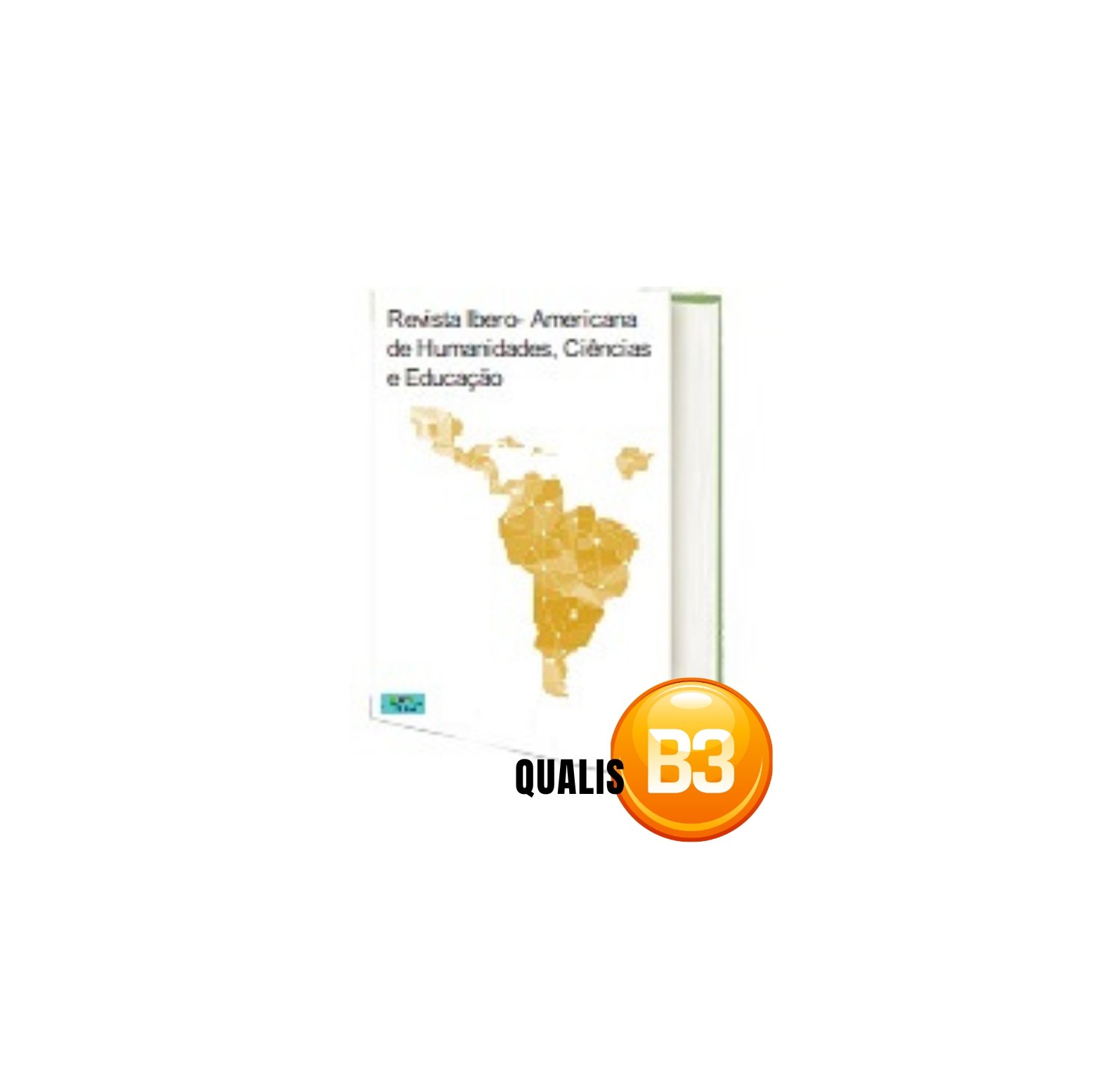EPIDEMIOLOGICAL OVERVIEW OF VIDEOLAPAROSCOPIC SURGICAL CORRECTION OF IGUINAL HERNIA
DOI:
https://doi.org/10.51891/rease.v9i2.8643Keywords:
Inguinal hernia. Laparoscopic inguinal hernia. Inguinal hernia surgery.Abstract
Inguinal hernia is a very prevalent disease in the world. In addition, it can be corrected by various surgical techniques, especially after technological advances. The objective of this study is to explore the videolaparoscopic approach for inguinal herniorrhaphy, analyzing data such as number of hospitalizations, average hospital stay, costs per procedure, mortality rate and deaths in Rio de Janeiro in the last 5 years. According to the results, 37,426 patients with inguinal hernia were admitted, but only 0.79% (297) of them treated laparoscopically. The average cost of each procedure was R$ 741.00. There was only 1 death in the analyzed period, representing a mortality rate equal to 0.34%. The year with the highest number of surgeries was 2018, with 75, followed by 2017 with 68 and 2016 with 63. In 2019, the number performed was 57 inguinal herniorraphies per video, and 2020 with the highest decrease, registering 34 surgeries. The explanation for these facts may be related to the high costs presented by this modality, when compared to open surgery and the lack of adequate training of surgeons. However, this procedure has been increasingly used worldwide and it is necessary for Rio de Janeiro to follow this pattern, since it presents more benefits to patients, mainly due to the use of the screen that it requires. Thus, measures such as the government's financial incentive to public hospitals and reformulation of teaching in the surgical residency need to be taken in order to improve the treatment and quality of operated patients.
Downloads
Downloads
Published
How to Cite
Issue
Section
Categories
License
Atribuição CC BY

